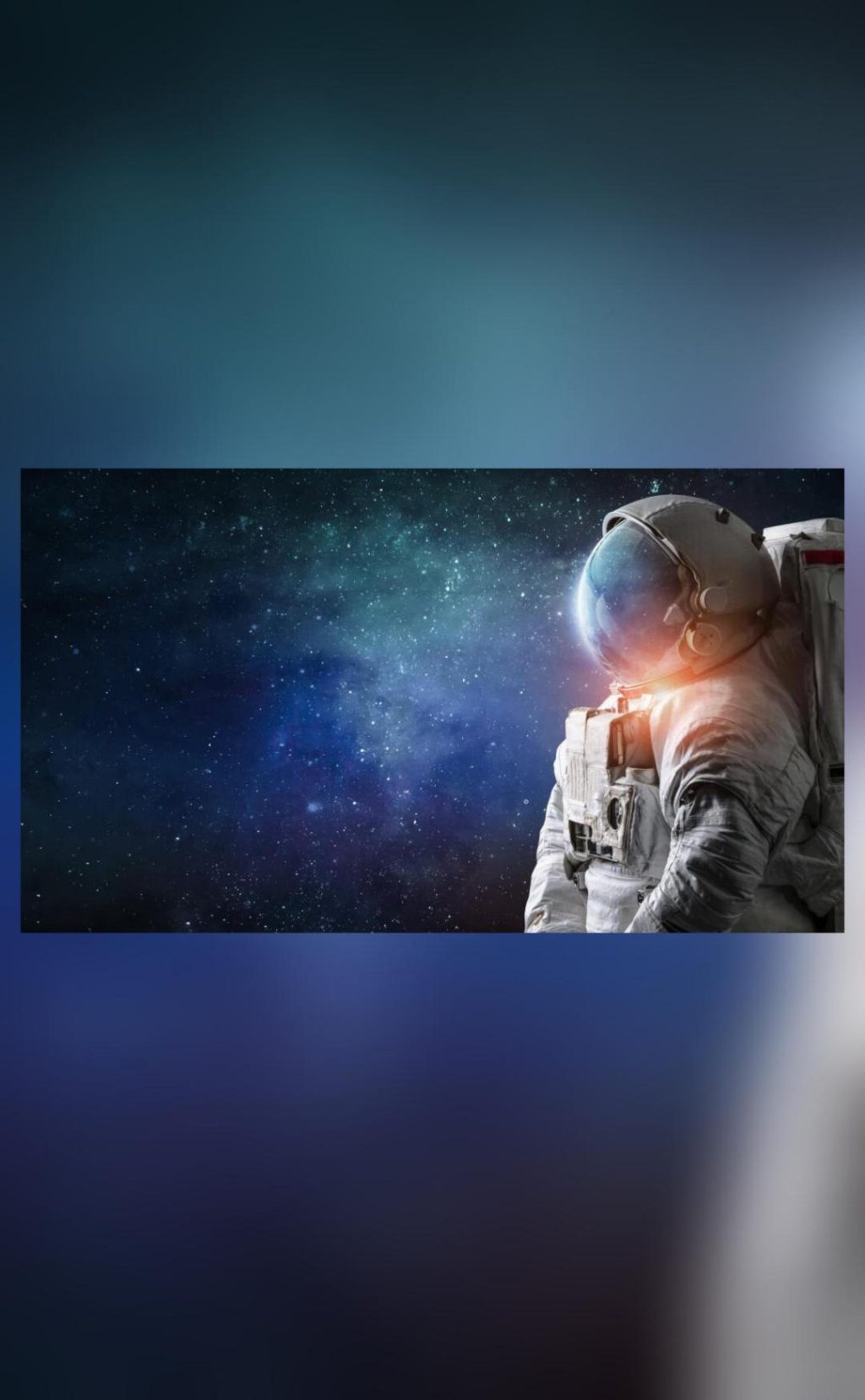
Google & NASA Create AI Medical Assistant for Mars Missions
In a groundbreaking collaboration, NASA and Google have developed an artificial intelligence (AI) medical assistant designed to keep astronauts healthy during space missions, particularly on the long-haul journey to Mars. The Crew Medical Officer Digital Assistant (CMO-DA) is a cutting-edge technology that leverages Google Cloud’s Vertex AI platform to provide a multimodal system capable of processing speech, text, and images. This innovative AI-powered medical assistant has shown remarkable diagnostic accuracy rates, with 88% for ankle injuries and 80% for ear pain.
The CMO-DA is a testament to the power of collaboration between space agencies and technology companies. By harnessing the strengths of both NASA and Google, this project demonstrates the potential for AI to revolutionize medical care in space exploration. As NASA prepares for future Mars missions, the CMO-DA is poised to play a crucial role in ensuring the health and well-being of astronauts during their prolonged journeys to the Red Planet.
The CMO-DA was designed with a specific goal in mind: to provide medical assistance to astronauts in the event of an emergency or injury. The AI system is trained to analyze medical data, including patient symptoms, medical histories, and diagnostic tests, to make accurate diagnoses and recommend appropriate treatments. This technology has the potential to significantly reduce the risk of human error, which is a major concern in space medicine.
The CMO-DA’s multimodal processing capabilities enable it to interact with astronauts in various ways, including speech, text, and images. This flexibility is essential for effective communication in a space environment, where physical interactions may be limited due to the constraints of space travel. For instance, astronauts may use voice commands to request medical assistance, while medical images and reports can be shared with the AI system for analysis.
The CMO-DA’s diagnostic accuracy rates are impressive, with an 88% success rate for ankle injuries and 80% for ear pain. These results are comparable to those achieved by human medical professionals, highlighting the AI system’s potential to provide reliable medical assistance in space. The CMO-DA’s performance is particularly noteworthy, given the complexity of medical diagnoses and the limitations of medical data in a space environment.
The development of the CMO-DA is a significant milestone in the field of space medicine, as it demonstrates the potential for AI to transform medical care in space exploration. This technology has far-reaching implications for future Mars missions, where the risk of medical emergencies is higher due to the prolonged duration of the journey and the limited availability of medical resources.
NASA and Google’s collaboration on the CMO-DA is a testament to the power of public-private partnerships in advancing space exploration. By combining their expertise and resources, these organizations have created a groundbreaking technology that has the potential to improve the health and well-being of astronauts during space missions.
In conclusion, the Crew Medical Officer Digital Assistant (CMO-DA) is a revolutionary AI-powered medical assistant designed to keep astronauts healthy during space missions. This technology has shown remarkable diagnostic accuracy rates and has the potential to transform medical care in space exploration. As NASA prepares for future Mars missions, the CMO-DA is poised to play a crucial role in ensuring the health and well-being of astronauts during their prolonged journeys to the Red Planet.
Source:






